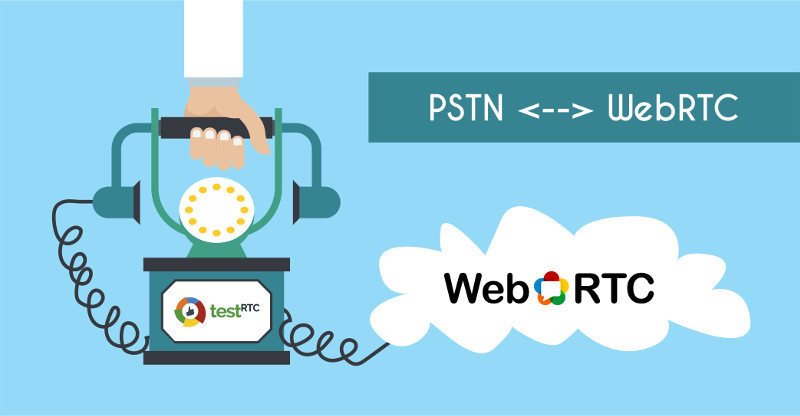
Using testRTC for WebRTC-PSTN testing and monitoring
When we started a couple of years ago, we started receiving requests from contact center vendors to support scenarios that involve both WebRTC and PSTN.
Most of these were customers calling from a regular phone to an agent sitting in front of his browser and accepting the call using WebRTC. Or the opposite – contact center agents dialing out from their browser towards a regular phone.
That being the case, we thought it was high time we took care of that and give a better, more thorough explanation on how to get that done. So we partnered with Twilio on this one, took their reference application of a contact center from github, and wrote the test scripts in testRTC to automate it.
Along the way, we’ve made use of Twilio to accept calls and dial out calls; dabbled with AWS Lambda; etc.
It was a fun project, and Twilio were kind enough to share our story on their own blog.
If you are trying to test or monitor your contact center, and you need to handle scenarios that require PSTN automation mangled with WebRTC, then this is mandatory reading for you:
Automate Your Twilio Contact Center Testing with testRTC
And if you need help in getting that done, just ping us.

